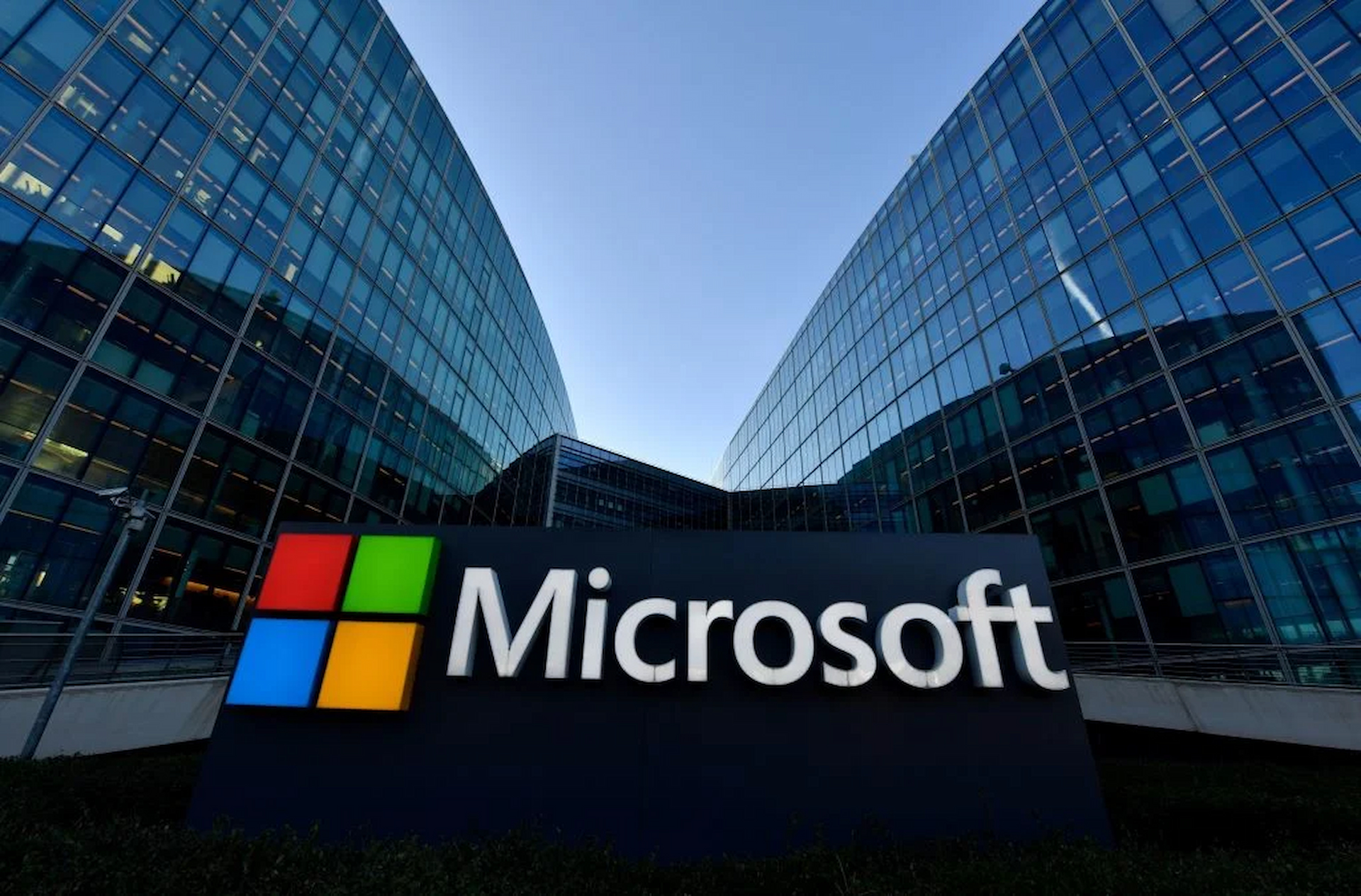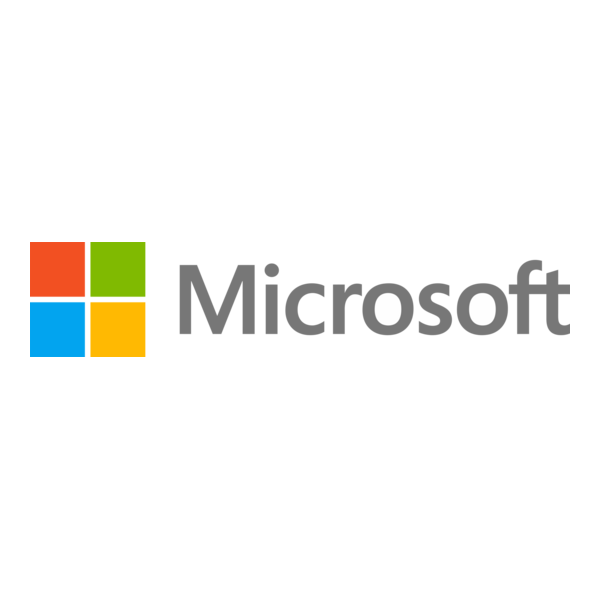Microsoft has obtained court orders in the United Kingdom and the United States to disrupt the cybercrime-as-a-service platform RedVDS, marking the first time its Digital Crimes Unit (DCU) has pursued a major civil action outside the US.
According to Microsoft, the legal action targeted infrastructure supporting RedVDS, a service that provided virtualised computing resources used in fraud and other cyber-enabled criminal activity. The company sought relief in the UK courts because elements of the platform’s infrastructure were hosted by a UK-based provider, and a significant number of affected victims were located in the UK.
It is reported that the action was conducted with support from Europol’s European Cybercrime Centre (EC3), as well as German authorities, including the Central Office for Combating Internet Crime (ZIT) at the Frankfurt-am-Main Public Prosecutor’s Office and the Criminal Police Office of the state of Brandenburg.
RedVDS operated on a subscription basis, with access reportedly available for approximately $24 per month. The service provided customers with short-lived virtual machines, which could be used to support activities such as phishing campaigns, hosting malicious infrastructure, and facilitating online fraud.
Microsoft states that RedVDS infrastructure has been used in a range of cyber-enabled criminal activities since September 2025, including business email compromise (BEC). In BEC cases, attackers impersonate trusted individuals or organisations to induce victims to transfer funds to accounts under the attackers’ control.
According to Microsoft’s assessment, users of the service targeted organisations across multiple sectors and regions. The real estate sector was among those affected, with estate agents, escrow agents, and title companies reportedly targeted in Australia and Canada. Microsoft estimates that several thousand organisations in that sector experienced some level of impact.
The company also noted that RedVDS users combined the service with other tools, including generative AI technologies, to scale operations, identify potential targets, and generate fraudulent content.
Would you like to learn more about AI, tech and digital diplomacy? If so, ask our Diplo chatbot!










